In the verdant hills of Umbria, where mist curls through vineyards and time walks at a gentler pace, lies a village unlike any other — part sanctuary, part atelier, and entirely unforgettable.
Most travelers to Italy flock to the grand halls of Florence, the canals of Venice, or the drama of Rome. But just outside Perugia, nestled amid olive groves and golden fields, there exists a place that defies the usual itinerary: Solomeo — a tiny medieval hamlet, a hidden gem, brought back to life by one of Italy's most quietly influential visionaries.
This is not merely a story of restoration, but of resurrection. And the man behind it is neither mayor nor magnate — but fashion designer Brunello Cucinelli, whose name has become synonymous with understated luxury and a life lived with intention.
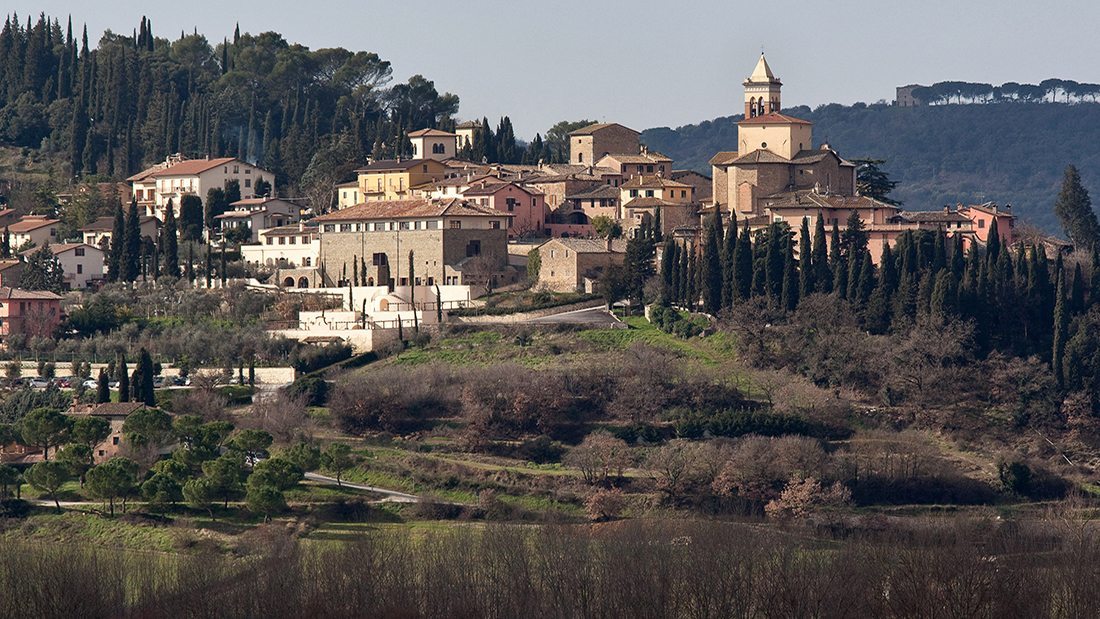
The Village That Time Refined
When Cucinelli discovered Solomeo in the 1980s, it was slipping into silence — its castle in decline, its piazza nearly empty. Where others might have seen ruin, he saw raw poetry. Rather than build a corporate campus in Milan, he chose this fading village as the epicenter of his global brand.
Over the decades, he restored it not as a showcase, but as a living, breathing ecosystem:
- The 14th-century castle was lovingly revived.
- A theater was built in travertine, open to the sky and the arts.
- Workshops and schools now hum with life, where artisans craft garments as timeless as the setting itself.
Today, Solomeo feels less like a brand’s headquarters and more like a modern-day Arcadia — where beauty, labor, and the soul coexist in harmony.
A Slower, Richer Way of Life
Spend a day in Solomeo and you'll feel it immediately: the air is different. There's no rush here. Time stretches. People look you in the eye. Meals are long, laughter is frequent, and the rhythm of life feels stitched to the land itself. It's a place where you can truly unwind and escape the hustle and bustle of everyday life.
Walk its cobbled streets and you’ll find:
- Artisans sewing cashmere in sunlit rooms.
- Locals sharing espresso in the piazza.
- Bell towers chiming softly over vineyards and cypress trees.
And then there’s the philosophy. Cucinelli calls it “humanistic capitalism” — a belief that business can (and should) be beautiful, ethical, and life-enhancing. It's a model that inspires hope and shows that a different, more respectful way of doing business is possible and a work culture built on respect, not exhaustion.
For the Thoughtful Traveler
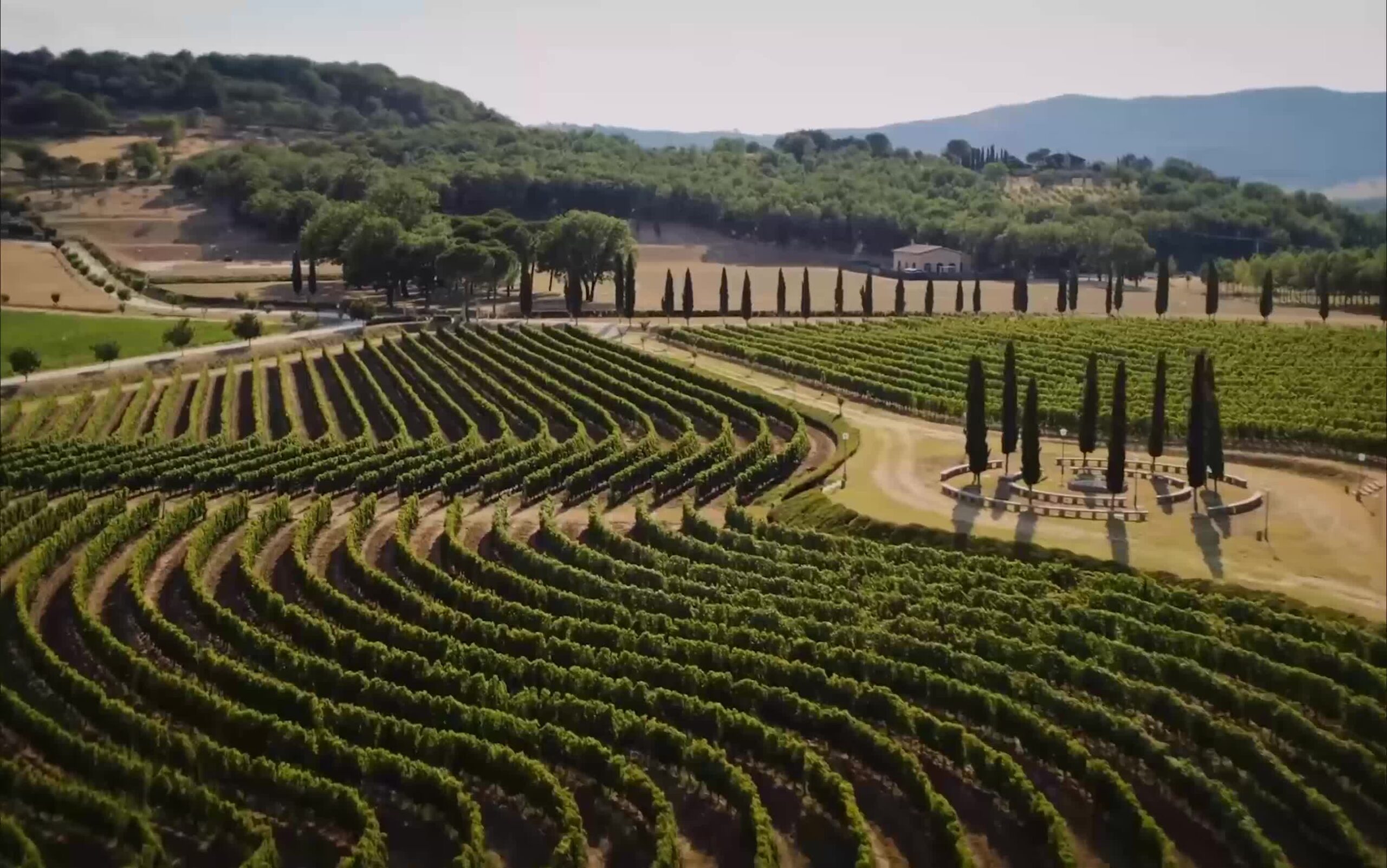
Solomeo is not a resort or a tourist trap. It doesn't shout for your attention—it invites it. It's the kind of place for those who value experience over itinerary, where each moment is designed not to impress but to enrich. Stay nearby at one of Umbria’s agriturismos or boutique hotels. Dine in rustic trattorias serving truffle-tossed pasta and local wine. And visit the Cucinelli Theatre, where concerts and cultural events bring life to an ancient stage. But most of all, come to breathe — to wander, to wonder, and to remember that the most luxurious things in life cannot be bought, but must be lived.
Getting There
- Nearest airport: Perugia San Francesco d’Assisi Airport (PEG), about 20 minutes away by car.
- The best time to visit is spring (April–June) or early autumn (September–October), when the hills are in bloom or burnished gold.
- Travel tip: Rent a car to explore surrounding Umbrian gems like Assisi, Spello, and Montefalco.
Sometimes, you just got to stop and smell the flowers
The Takeaway
In an age of speed and spectacle, Solomeo it's a gentle reminder of what life can be when we choose to live it with care. Whether you come for the fashion, the architecture, or the feeling of walking through a dream, you'll leave with something deeper: a glimpse of what the world could be, if only we slowed down long enough to pause, notice, reflect, and reconnect. As the saying goes, “Sometimes, you just got to stop and smell the flowers.” In Solomeo, you don’t just smell them — you live among them.
About the author

Subscribe
-
 A Seat at the Edge of Space, Inside Zephalto’s Vision of the Ultimate Journey
A Seat at the Edge of Space, Inside Zephalto’s Vision of the Ultimate Journey -
 My Dubai First Christmas
My Dubai First Christmas -
 Komodo Island, a Reminder of Nature Unchecked
Komodo Island, a Reminder of Nature Unchecked -
 Scidmore Sakura, Where Blossoms Bridge Worlds and Generations
Scidmore Sakura, Where Blossoms Bridge Worlds and Generations -
 Editor's Note, Leave It Better Than You Found It
Editor's Note, Leave It Better Than You Found It






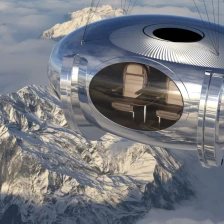


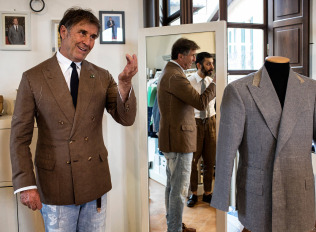
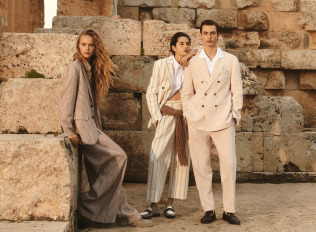
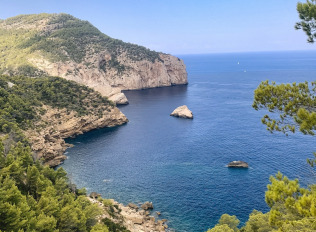
Leave a Reply